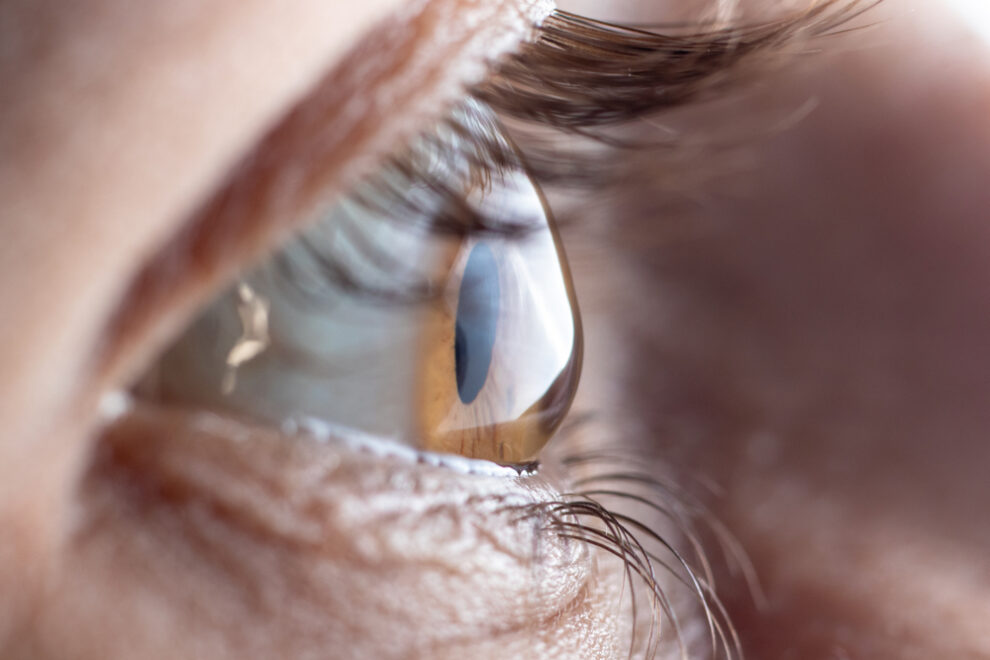
What is Corneal Cross-Linking?
Corneal cross linking (CXL) is a minimally invasive procedure that treats degenerative conditions of the cornea, such as keratoconus and keratectasia — a type of keratoconus that may develop following laser eye surgery. The procedure involves two steps: applying vitamin B drops to the surface of the eye and exposing the eye to ultraviolet (UV) light.
These steps can help strengthen the collagen fibers within the cornea to mildly improve your vision. While CXL isn’t a replacement for optical correction, its goal is to delay or completely eliminate the need for a cornea transplant in the future.
What Happens During Corneal Cross-Linking?
Before the procedure, you will have an evaluation with our optometrists to assess the condition and level of progression. At this visit, you will discuss the procedure and the post operative experience.
On the day of the procedure, our team will prepare you by giving you medication to help keep you relaxed. Our team provides anesthetic eye drops to improve comfort. The doctor will then place a lid holder to ensure a sterile field. Next, the doctor will remove the rough skin and debris from the surface of the eye. Riboflavin drops are instilled for 30 minutes preceding this. Then, once all drops have been absorbed, the doctor will again place a lid holder. During this time the cornea will be exposed to UV light for 30 minutes.
At the end of the procedure a contact lens is placed on the eye for comfort. Your doctor will remove this contact lens at the 1 week follow up. A prescription for drops and pain medication will be given. We recommend OTC pain relief and cold compresses for discomfort.
